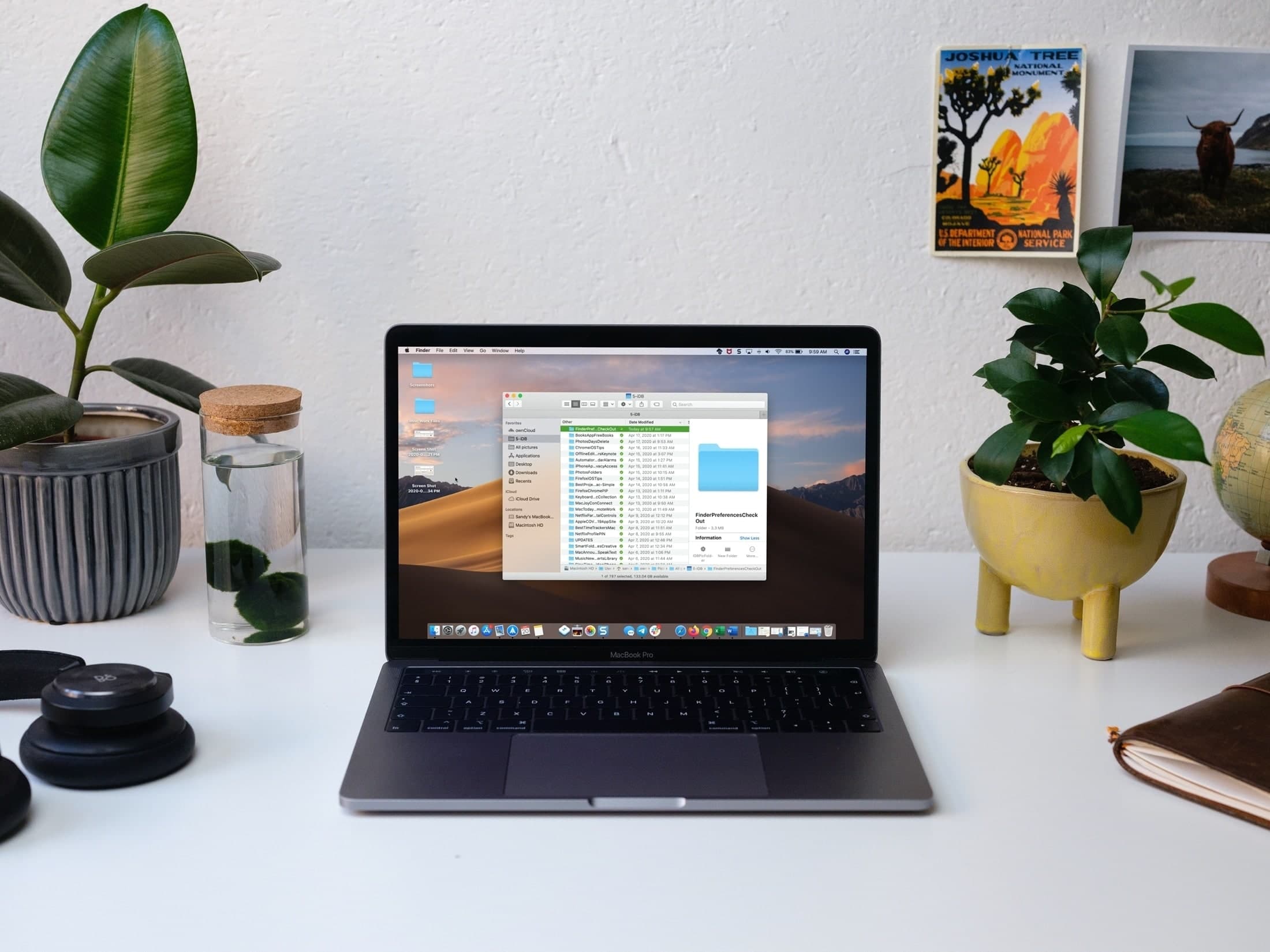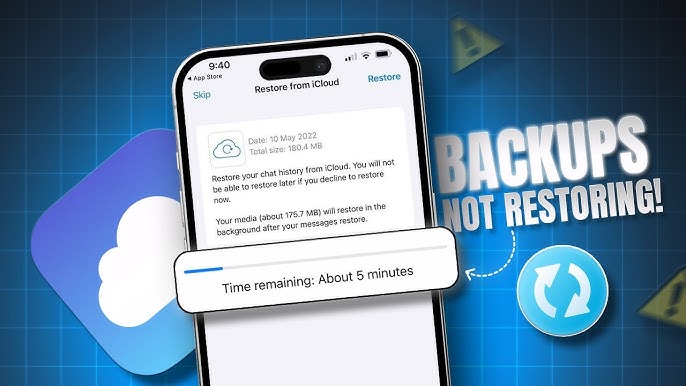In today’s connected world, securing your home network is more important than ever. Whether you’re working remotely, streaming content, or simply browsing the internet, an unsecured network can expose you to hackers, malware, and privacy breaches. This guide will help you understand the risks and provide practical steps to set up a secure home network. By following these tips, you can protect your personal information and enjoy peace of mind while staying connected.
Why Is Securing Your Home Network Important?
Your home network is the gateway to all your devices—laptops, smartphones, smart TVs, security cameras, and more. An unsecured network can allow cybercriminals to:
- Access sensitive data such as passwords, financial information, and personal photos.
- Hijack your devices for malicious activities like sending spam or participating in botnet attacks.
- Disrupt your services by overloading your bandwidth or compromising your devices.
By setting up a secure home network, you can significantly reduce these risks and protect your privacy.
1. Choose a Strong Network Name (SSID)
Your Wi-Fi network’s SSID (Service Set Identifier) is the name that appears when someone searches for nearby networks. Avoid using personal information (e.g., your name or address) in your SSID, as it can make you an easier target for hackers.
Best Practices for SSID Naming:
- Use a random or creative name that doesn’t reveal your identity.
- Avoid default names like “Linksys” or “Netgear,” which make it easier for hackers to identify your router model.
2. Enable WPA3 or WPA2 Encryption
Encryption is essential for securing your Wi-Fi network. Most modern routers support WPA3 (Wi-Fi Protected Access 3), which provides the highest level of security. If WPA3 isn’t available, use WPA2. Avoid outdated protocols like WEP (Wired Equivalent Privacy), as they are vulnerable to attacks.
How to Enable Encryption:
- Log in to your router’s admin panel (usually by entering your router’s IP address in a web browser).
- Navigate to the Wireless Settings or Security Settings section.
- Select WPA3-Personal (or WPA2-Personal if WPA3 is unavailable).
- Save your settings and restart your router if necessary.
3. Use a Strong Password for Your Wi-Fi Network
A strong password is your first line of defense against unauthorized access. Hackers often use automated tools to guess passwords, so make yours as complex as possible.
Tips for Creating a Strong Password:
- Use at least 12 characters, including upper- and lowercase letters, numbers, and symbols.
- Avoid common passwords like “password123” or “12345678.”
- Don’t reuse passwords from other accounts.
- Consider using a password manager to generate and store secure passwords.
4. Update Your Router’s Firmware Regularly
Routers, like any other device, are vulnerable to software bugs and security exploits. Manufacturers often release firmware updates to fix vulnerabilities and improve performance.
How to Update Your Router’s Firmware:
- Log in to your router’s admin panel.
- Check for a Firmware Update option (usually under the Administration or Advanced settings).
- If an update is available, download and install it.
- Set up automatic updates if your router supports them.
Regular updates are a simple but effective way to keep your network secure.
5. Set Up a Guest Network
If visitors frequently connect to your Wi-Fi, setting up a guest network is a great way to protect your main network. A guest network isolates visitors’ devices from your primary network, preventing them from accessing sensitive data or devices.
How to Set Up a Guest Network:
- Log in to your router’s admin panel.
- Look for the Guest Network option (usually under Wireless or Network settings).
- Enable the guest network and set a unique password.
- Disable device-to-device communication if the option is available.
6. Disable WPS and UPnP Features
Some router features, while convenient, can weaken your network security:
- WPS (Wi-Fi Protected Setup): This feature allows quick device connections via a PIN or push-button but is vulnerable to brute-force attacks.
- UPnP (Universal Plug and Play): UPnP allows devices to discover and communicate with each other but can also expose your network to malicious devices.
How to Disable These Features:
- Log in to your router’s admin panel.
- Navigate to Advanced Settings or Security Settings.
- Turn off WPS and UPnP options.
7. Change the Router’s Default Admin Credentials
Many routers come with default usernames and passwords (e.g., “admin” and “password”), which are widely known and easy to guess. Changing these credentials is crucial to prevent unauthorized access to your router.
Steps to Change Your Admin Credentials:
- Log in to your router’s admin panel using the default credentials.
- Navigate to Admin Settings or System Settings.
- Change the username and create a strong password.
- Save the changes and restart the router.
8. Enable Network Firewall and VPN
A firewall helps block unauthorized traffic to and from your network. Most routers have built-in firewalls, which should always be enabled. Additionally, using a VPN (Virtual Private Network) adds an extra layer of security by encrypting your internet traffic.
How to Enable Firewall and VPN:
- Log in to your router’s admin panel and look for Firewall Settings.
- Enable the firewall and configure any necessary rules.
- For VPN, either use your router’s built-in VPN feature or configure a third-party VPN service.
9. Monitor Connected Devices
Regularly checking which devices are connected to your network can help you detect unauthorized access. Most routers provide a list of connected devices in the admin panel.
How to Monitor Devices:
- Log in to your router’s admin panel.
- Go to the Connected Devices or Device List section.
- Review the list for unfamiliar devices and block any unauthorized connections.
10. Educate Your Household
Finally, ensuring that everyone in your household understands basic network security practices is key to maintaining a secure home network. Encourage family members to:
- Avoid clicking suspicious links or downloading unknown files.
- Use strong passwords for devices and accounts.
- Regularly update their devices’ software and apps.
Final Thoughts
Setting up a secure home network is essential in protecting your personal information and devices from cyber threats. By implementing the tips above—such as enabling WPA3 encryption, updating your router’s firmware, and creating a strong Wi-Fi password—you can create a robust and secure network for your household. Remember to review your security settings regularly and stay informed about new threats and solutions.
If you need professional assistance in configuring or securing your home network, Milaaj Repairs is here to help!
Contact Us
Need help setting up or securing your home network? Contact Milaaj Repairs today for expert guidance!
- Location: Shop-2, Suq-Al-Kabeer Building, Bur Dubai, 37 D Street, Al Fahidi, Dubai, UAE
- Email: support@milaaj.com
- Phone: +971 52 524 4884
- Find us on Google Maps
Secure your home network with Milaaj Repairs and keep your digital life safe!







Leave a Reply